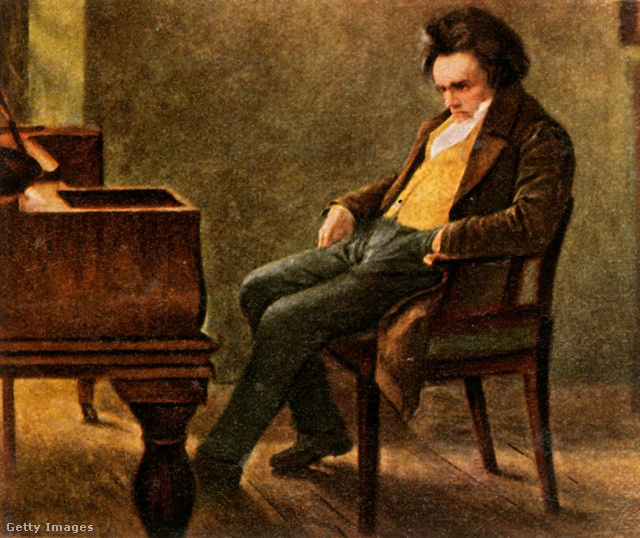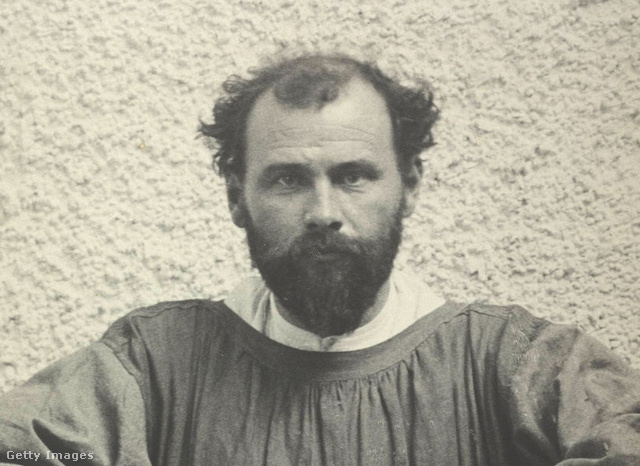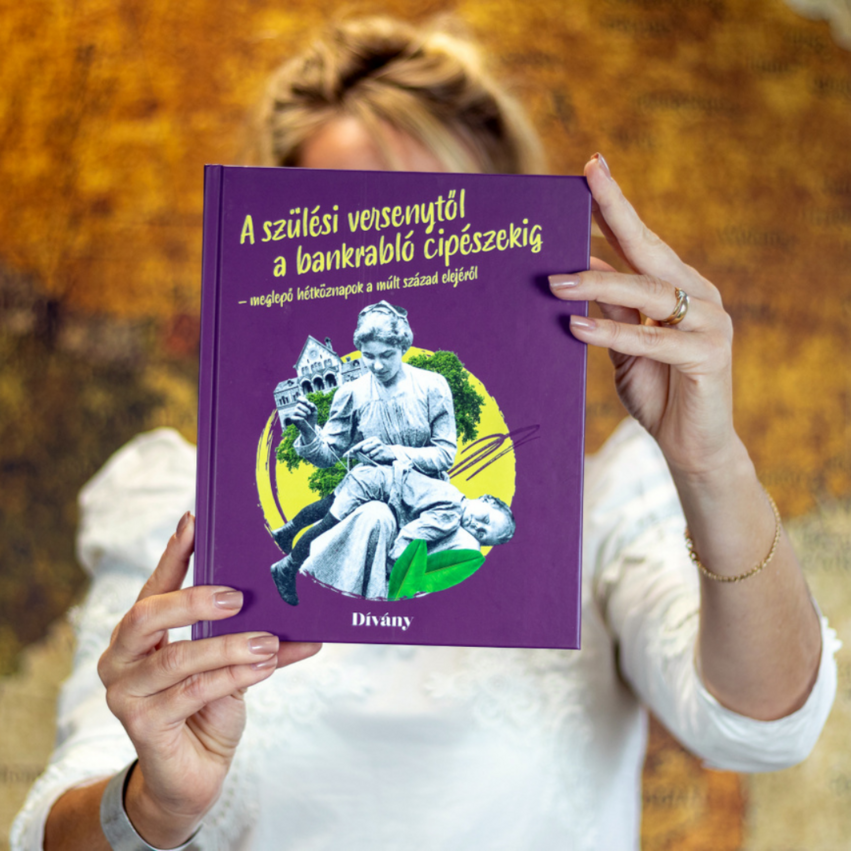One of the Viennese classics, Ludwig van Beethoven, who composed world-famous music even for the deaf, died in 1827 in Vienna. Gustav Klimt, one of the most famous Austrian Art Nouveau painters, was born in the same place 35 years later. By definition, they can never meet, yet science has now established a very special relationship between them.
both of them Born into a large family: Beethoven's mother gave birth to 5 children, while Clemente, who was born a few decades after him, gave birth to 7 children. They are both elegant His talent appeared at an early age, And both His art was already recognized by the general public of his time Their legendary figures and works have been one of the most important pillars of Austrian art ever since.
So far though We did not know of any other topic Which would connect these two geniuses and their creations more closely.
Art is medicine for the soul, A Listening to (serious) music. Its positive physiological effects are many Research has proven We have already reported about its special And its therapeutic uses. Now, however, University of Vienna Research Group They made an interesting discovery about this.
Just try this at home!
Beethoven and Klimt
A research team of psychologists from the University of Vienna asked a group of visitors to the Wiener Breakup to do just this Klimt Beethoven frieze And their satisfaction with His creation Please listen to the music in the meantime, She is nothing but Beethoven's Ninth Symphony. This is the piece of music that inspired the creator of the painting to create it.
This 34-metre-long work is in itself the first link between Beethoven and KlimtMondadori Portfolio/Getty Images Hungary
Another small group was observed as a control group, whose members viewed Klimt's picture without listening to the music.
During the experiment, it was found that visitors who also listened to music while looking at the paintings, They enjoyed the art more and their stress levels decreased.
Scientific demand Experiment head Helmut Leder He evaluated the observed phenomenon as follows: “If the stimulation comes through two of our senses at the same time – and, moreover, aesthetically and artistically – it greatly enhances the aesthetic experience. This reduces fear and anxiety.“

Beethoven himself would not have thought of thisPrint Collector/Getty Images Hungary
Anna Fickett, PhD student at the University of Vienna the APA Psychological Articles His research published in the trade journal encouraged researchers to find a more interesting result. They proved it
After only 14.3 minutes of time spent in the museum, visitors relieve stress, their stress level decreases, and they become in a better mood during this short time.
What it depends on and what it doesn't depend on
all of this It happens regardless of listening to music, Just in a museum environment, surrounded by works of art and enjoying them. On the other hand, it has a lot to do with the fact that it is a work to be watched Does it represent real aesthetic and artistic value?Or is it just an amazing set? Leder, who led the research, emphasized that art can have a positive effect on the psyche if we feel We get something important to us from it, This characteristic is what distinguishes a valuable work of art from low, worthless art.

Klimt must have been the first to experience all of this when creating his work, especially if he was listening to Beethoven's musicBrandstaetter/Getty Images Hungary
okay You want to be part of the experience yourself, To be convinced of the truth of science, to immerse yourself in the artistic and aesthetic view of something, or simply to get in a better mood, you can experience it in person when you visit Vienna. the On display in the Secession vaultwas completed by 1902 For a 34-metre-long Klimt work inspired by a Beethoven symphony Because the museum offers headphones to visitors who are curious or want a more cheerful atmosphere, playing Beethoven's Ninth Symphony.
If you want to know more about Beethoven, one In our previous interview You can read more about it.

Devaney's new book is published!
With the new issue of Dívány magazine, we invite you to a real adventure in the twentieth century. Join us and learn about Hungary in the last century through 42 human stories!
Check our offer click here!
advertisement












































